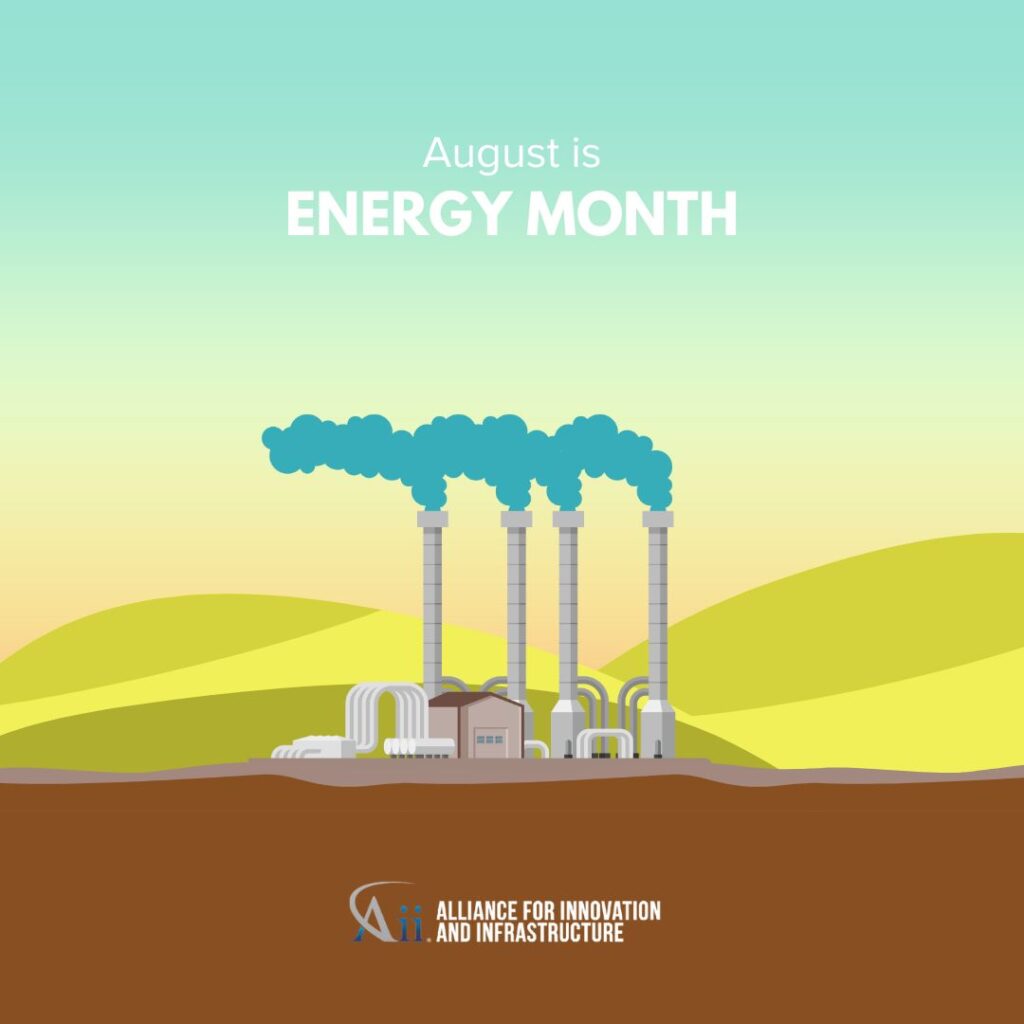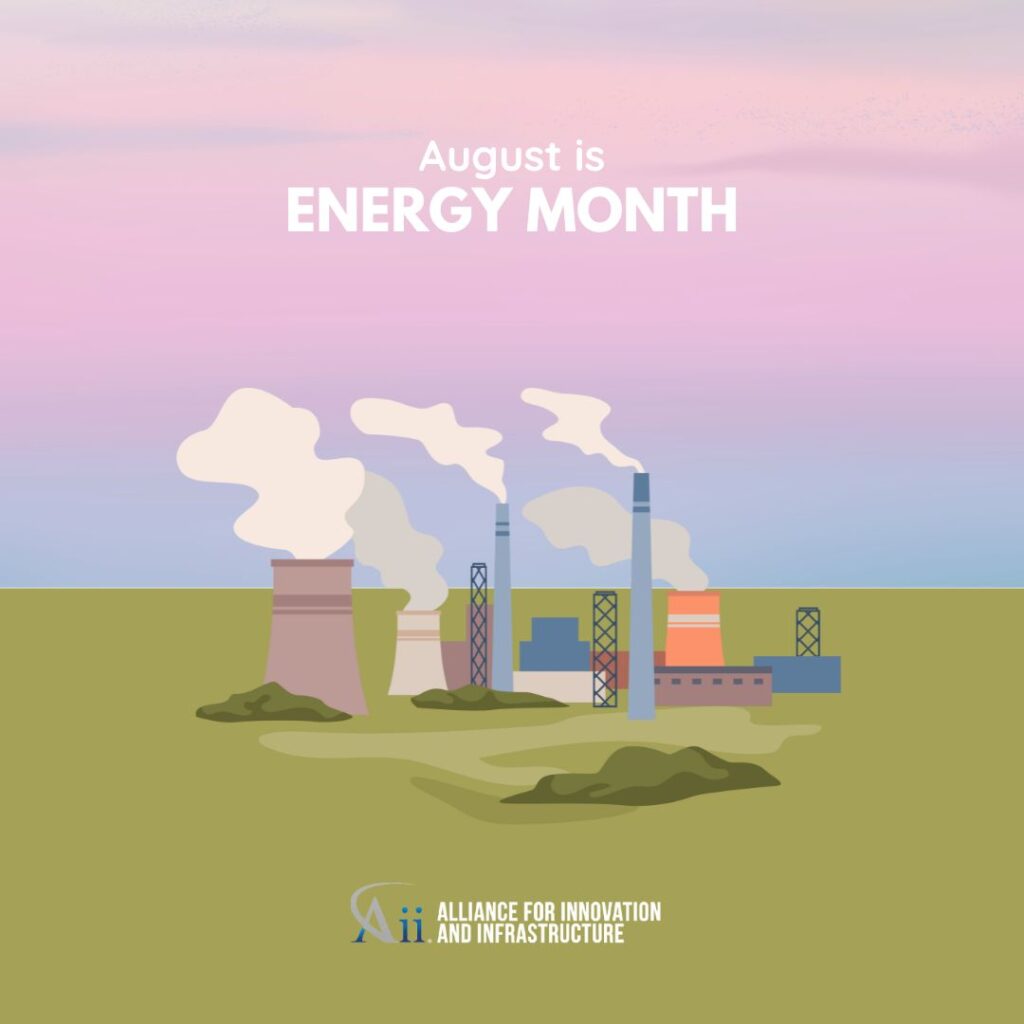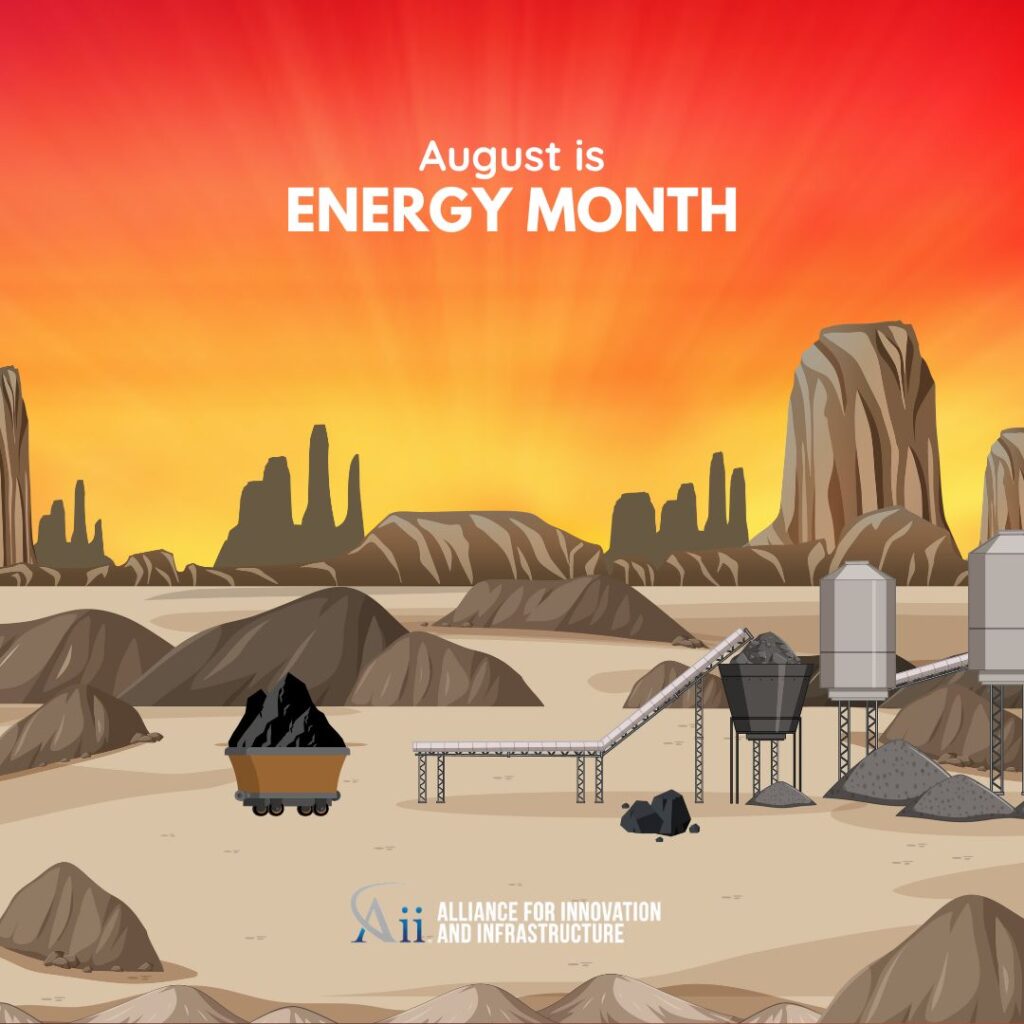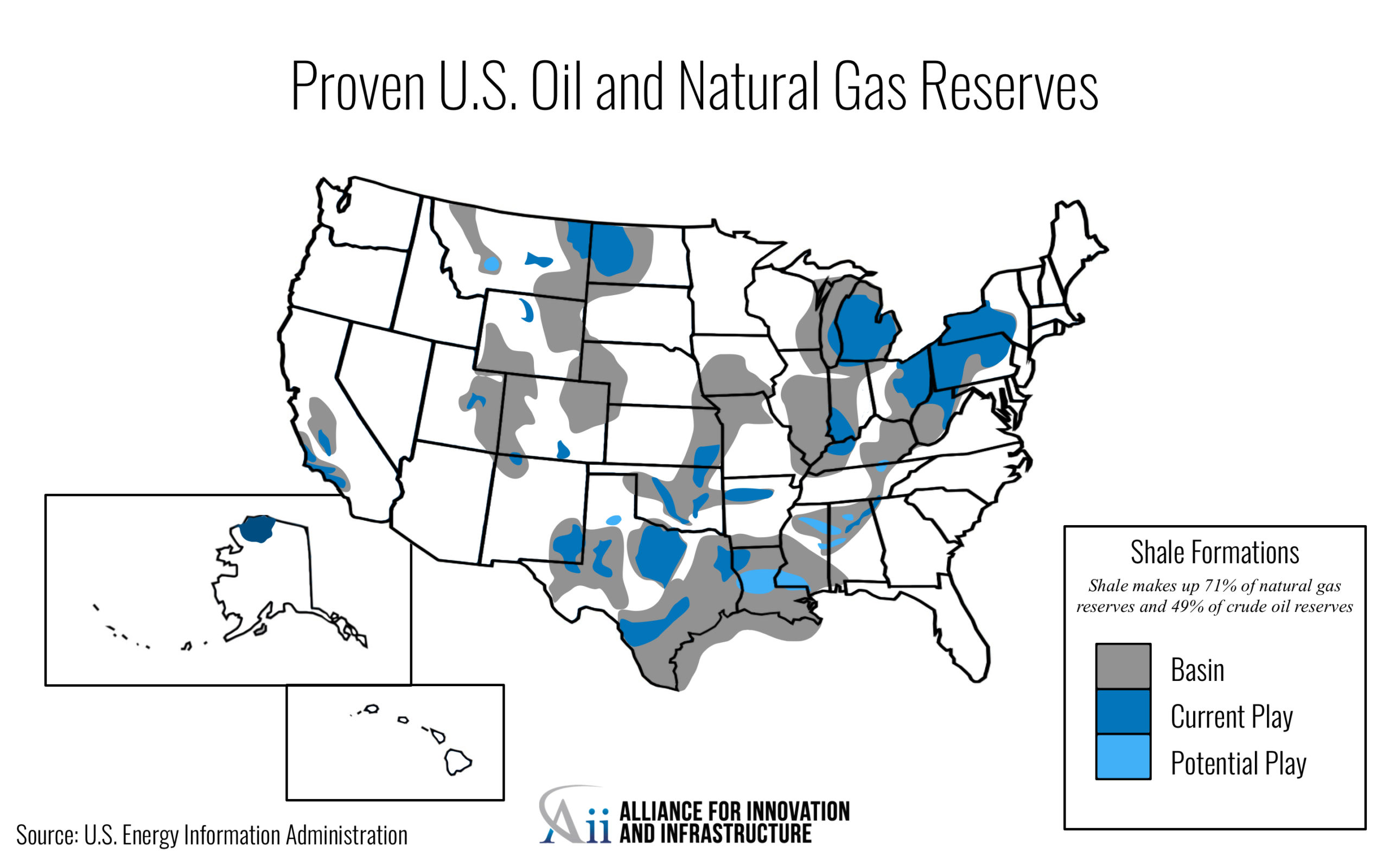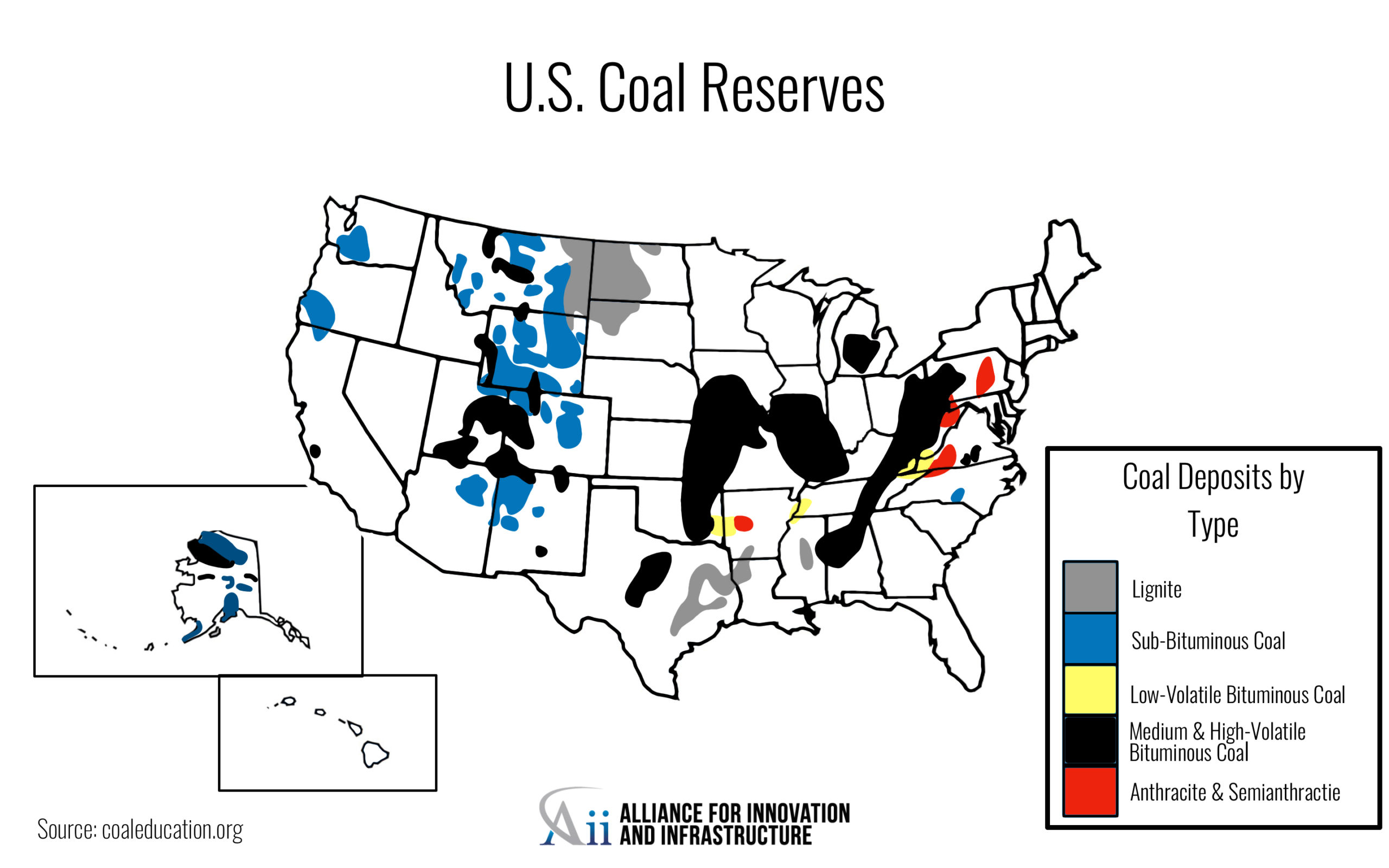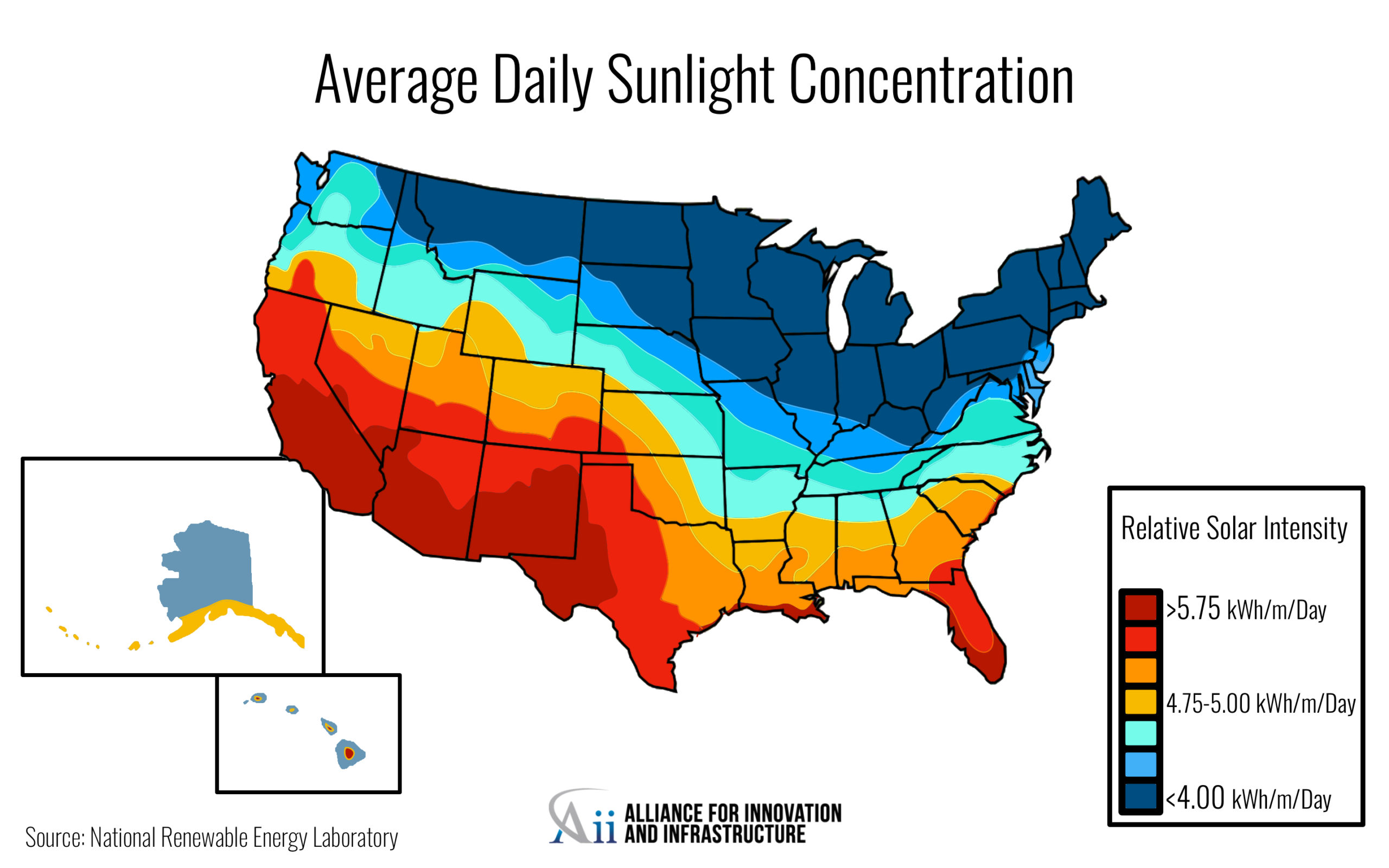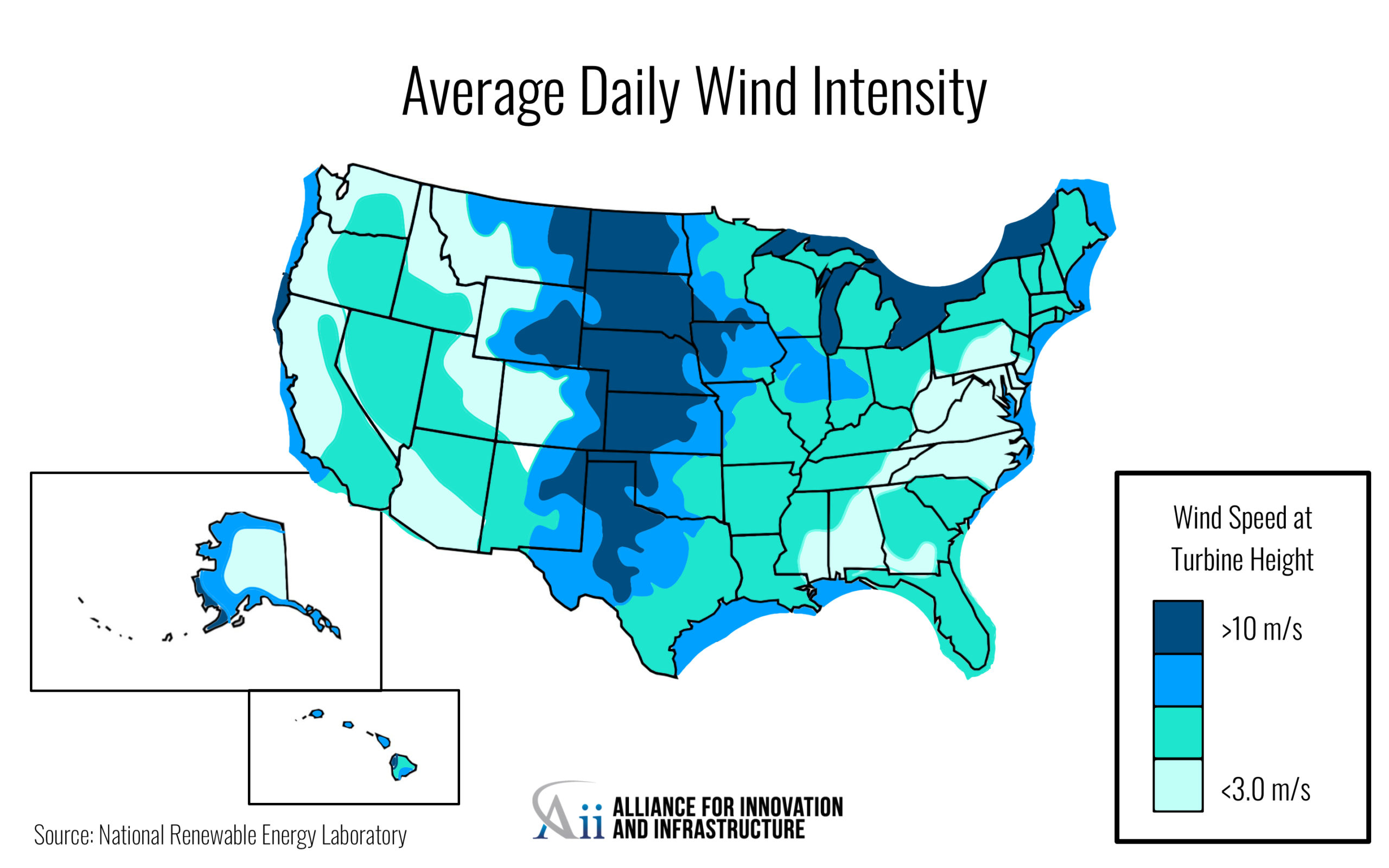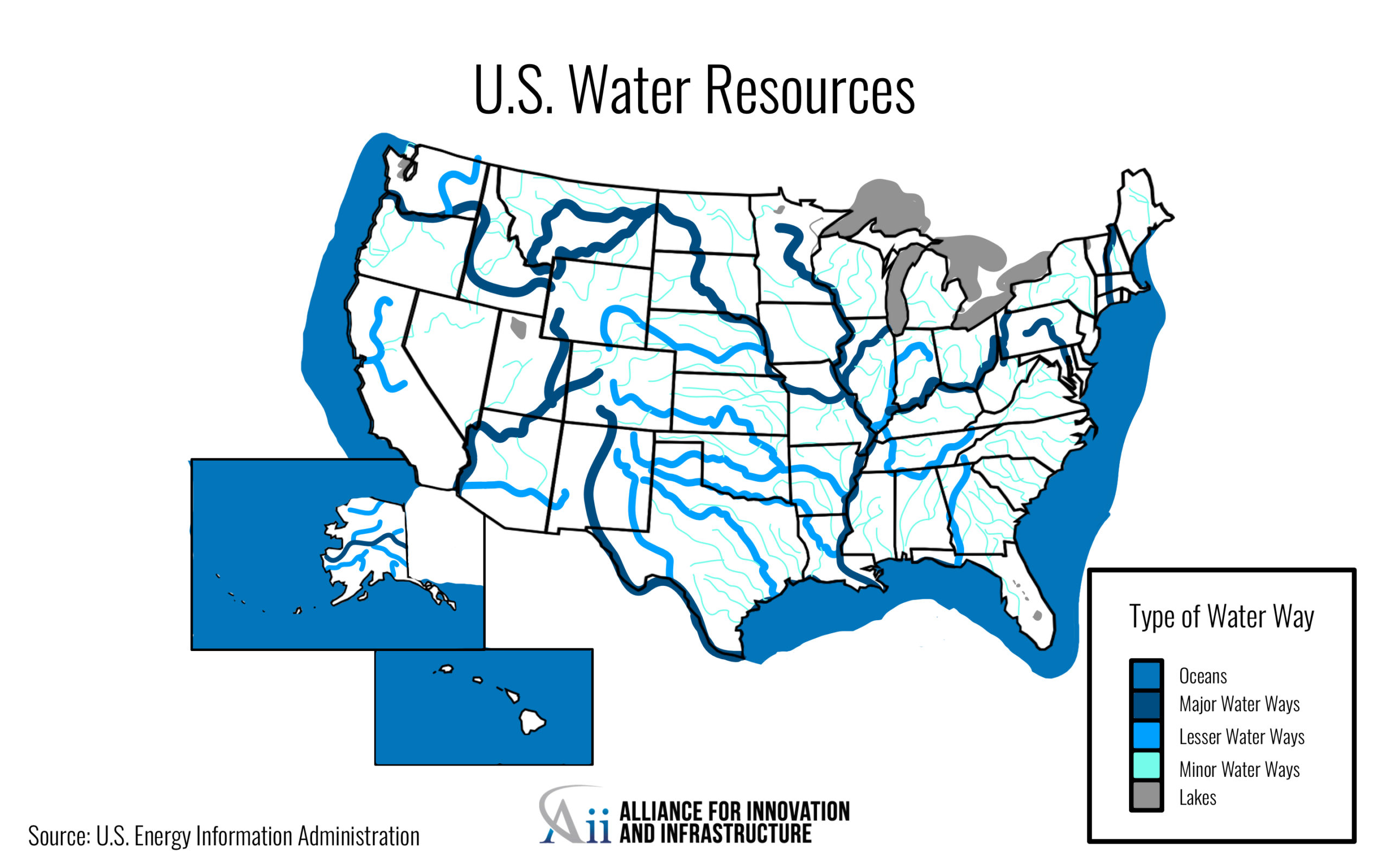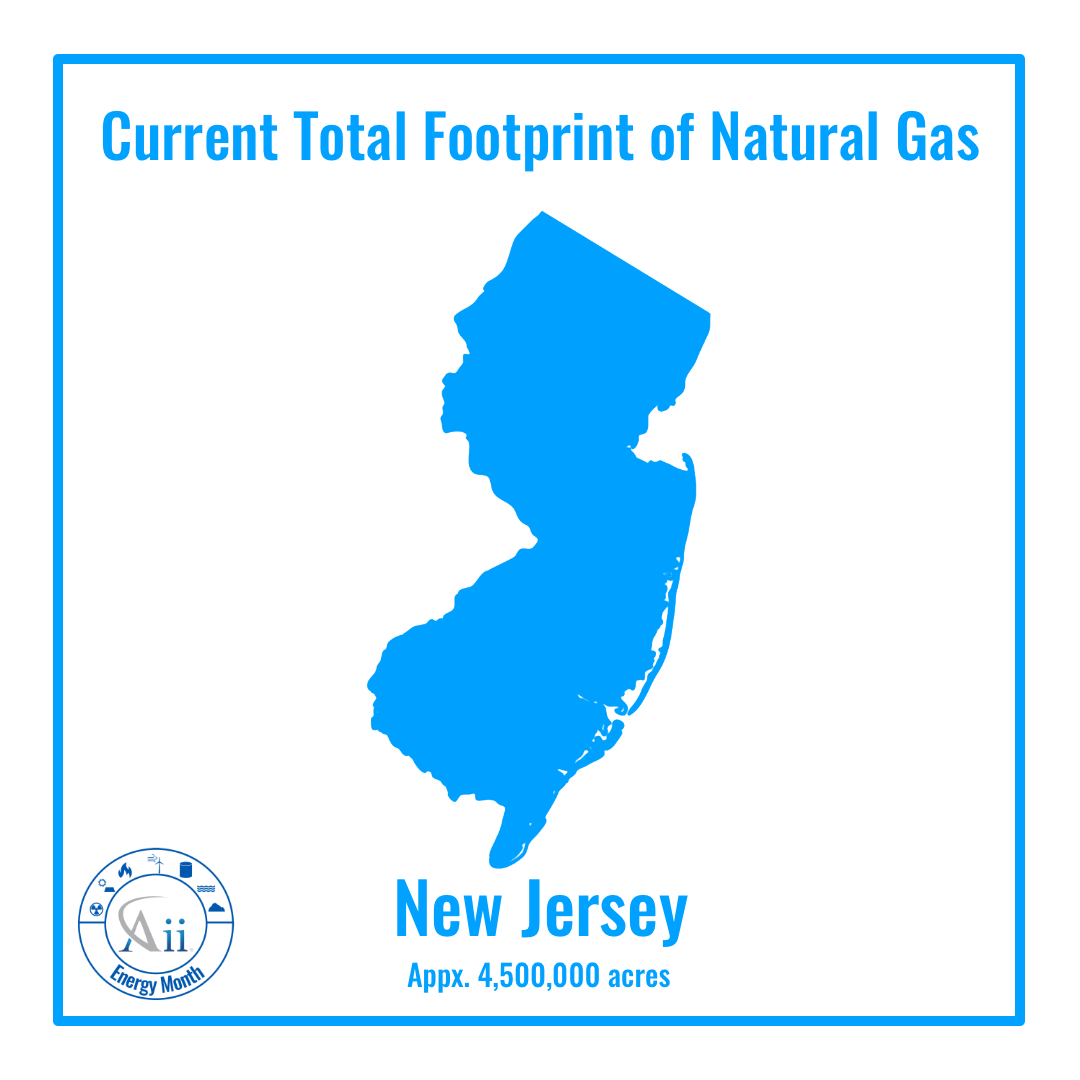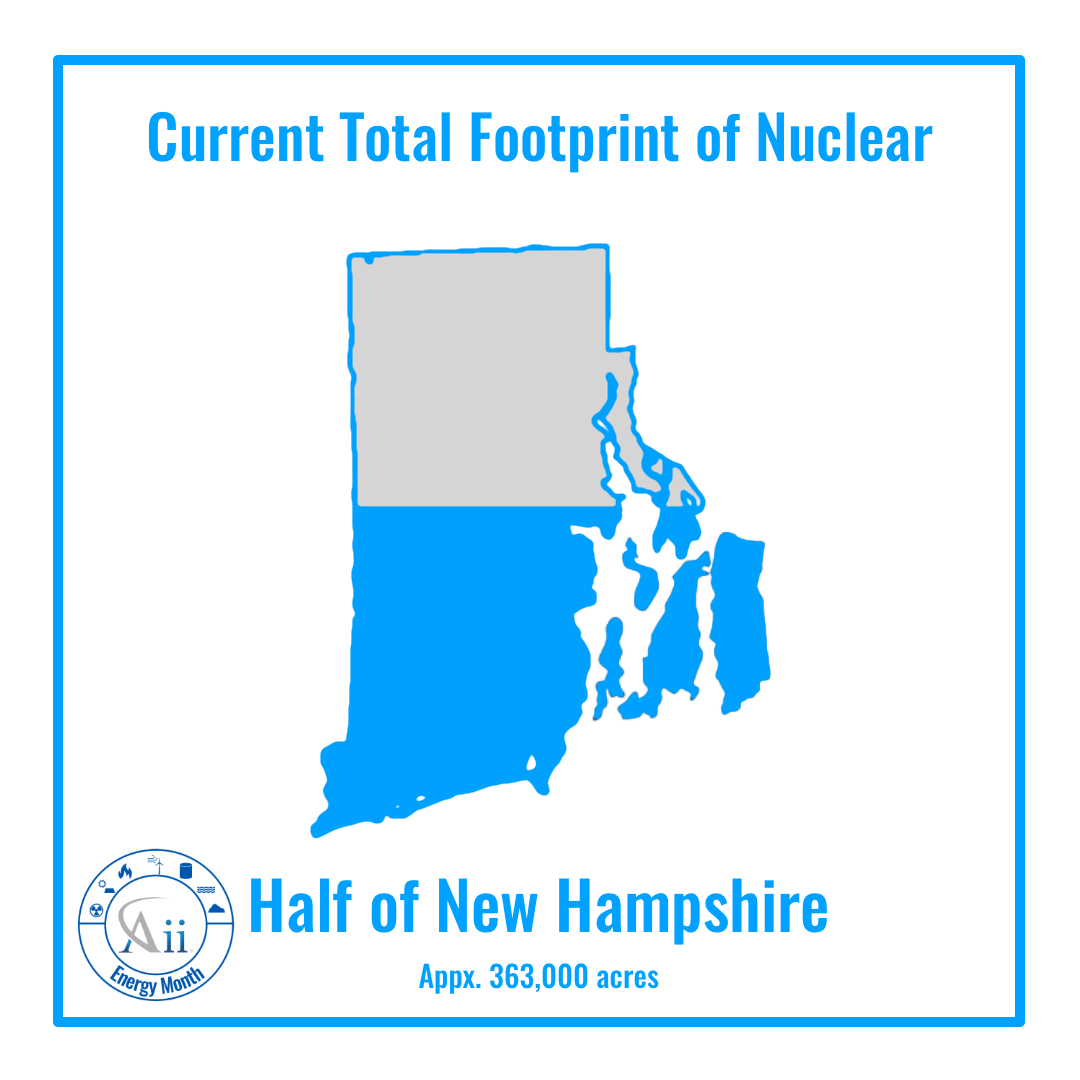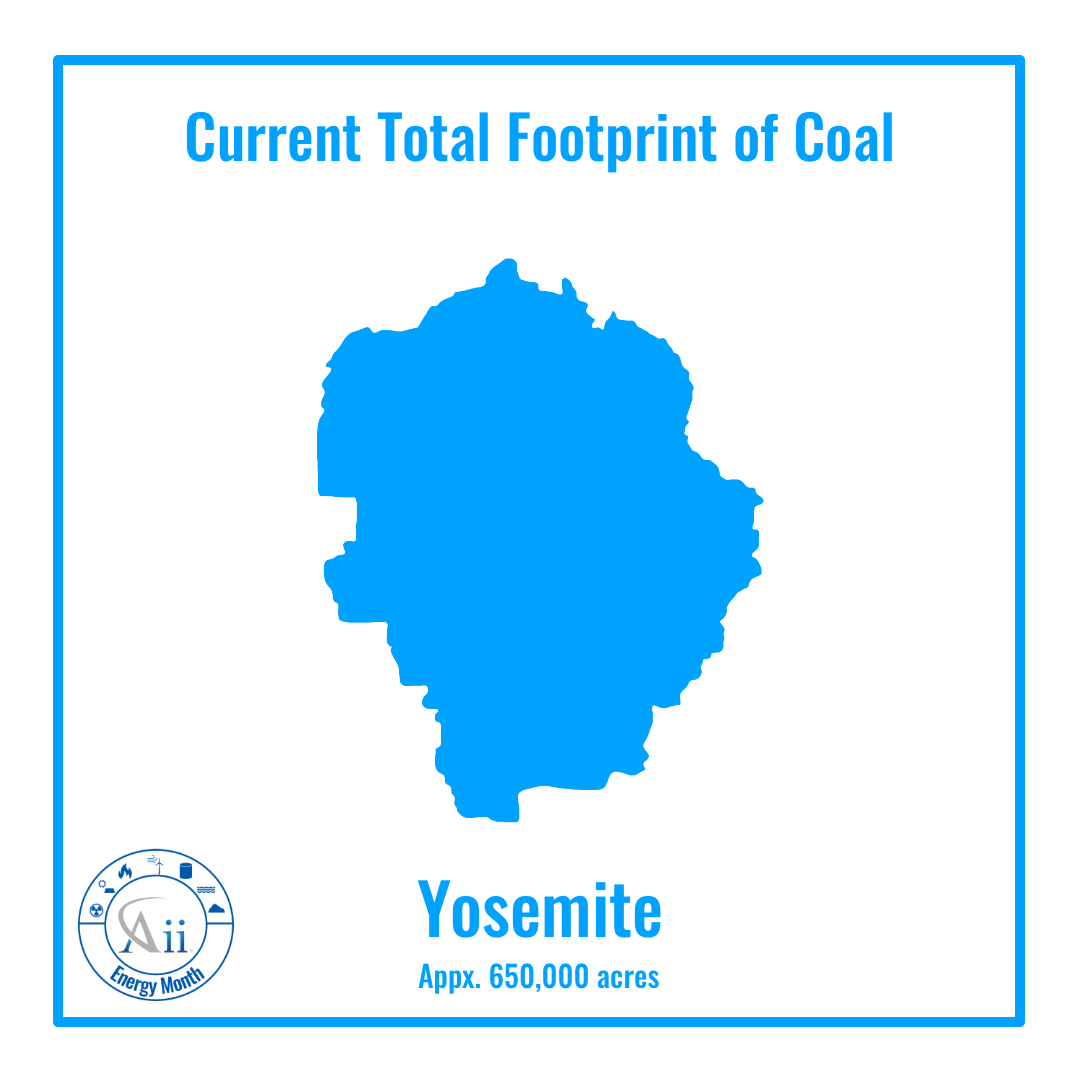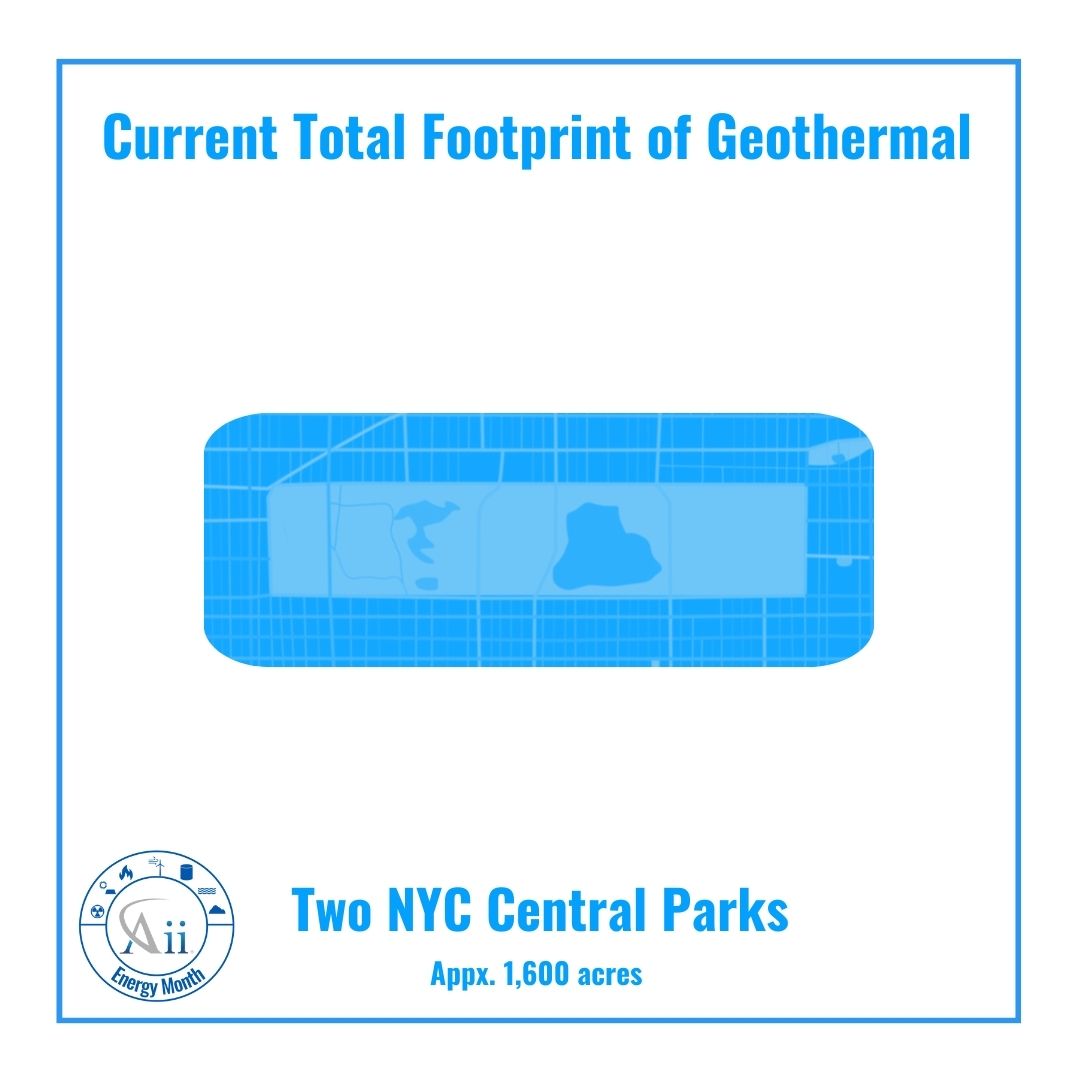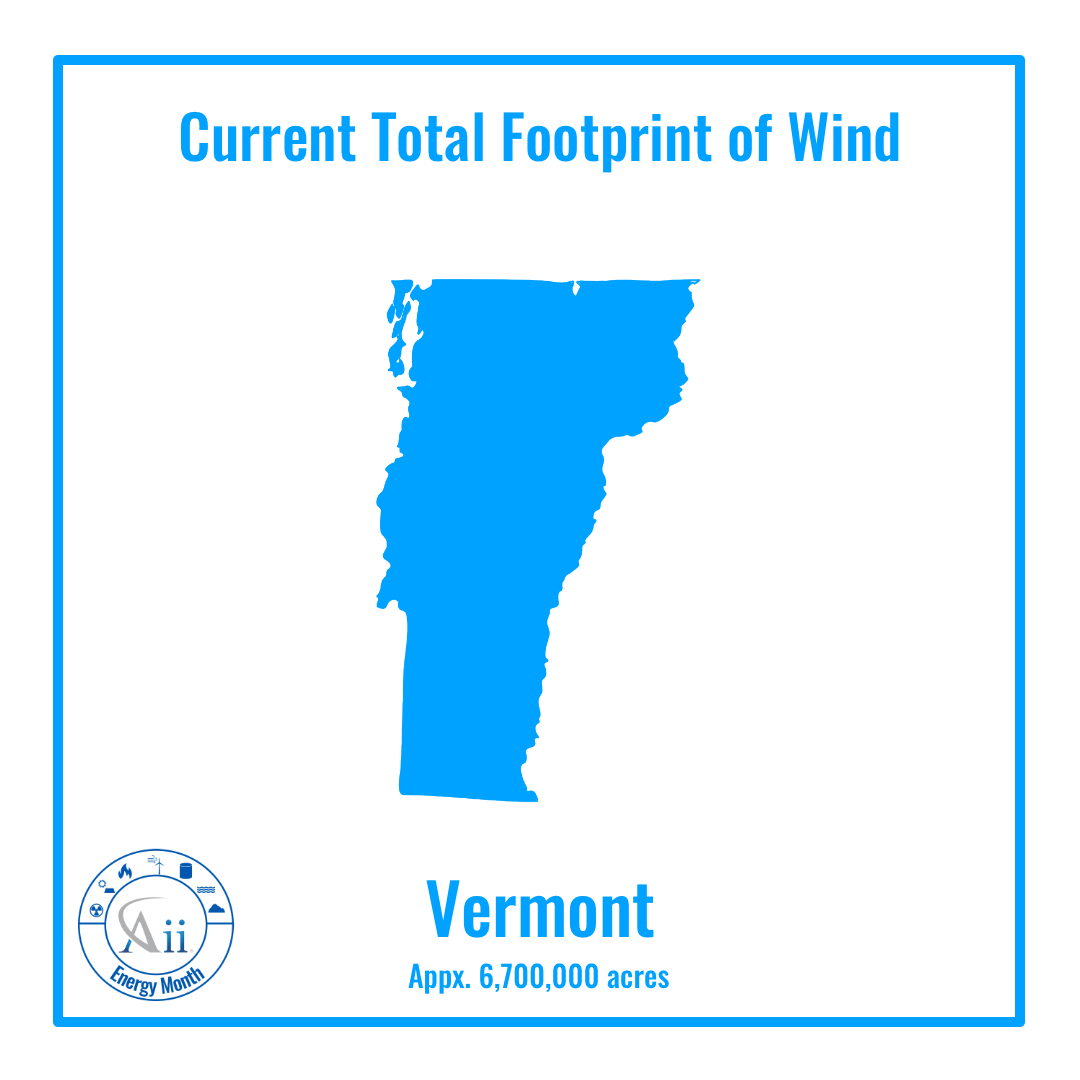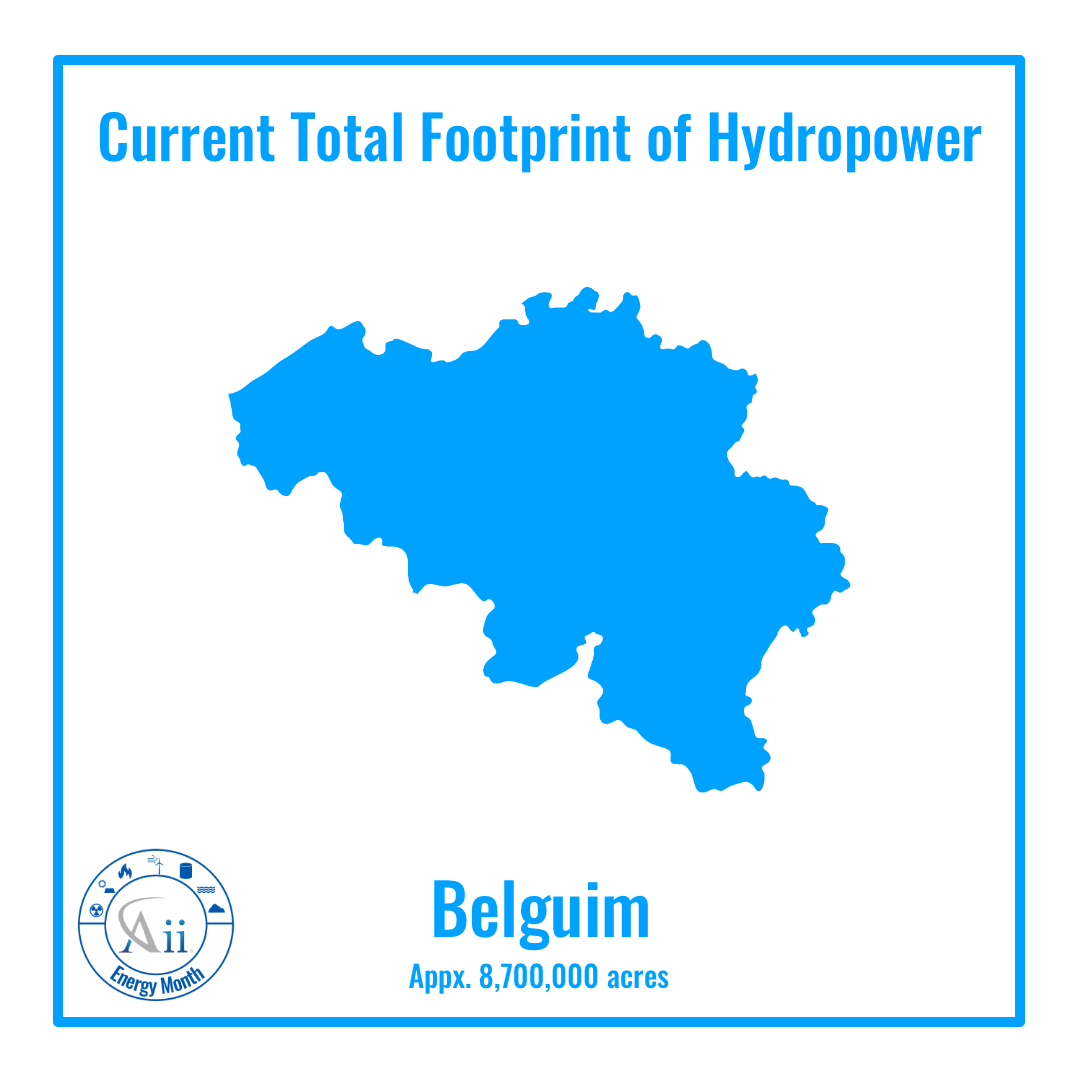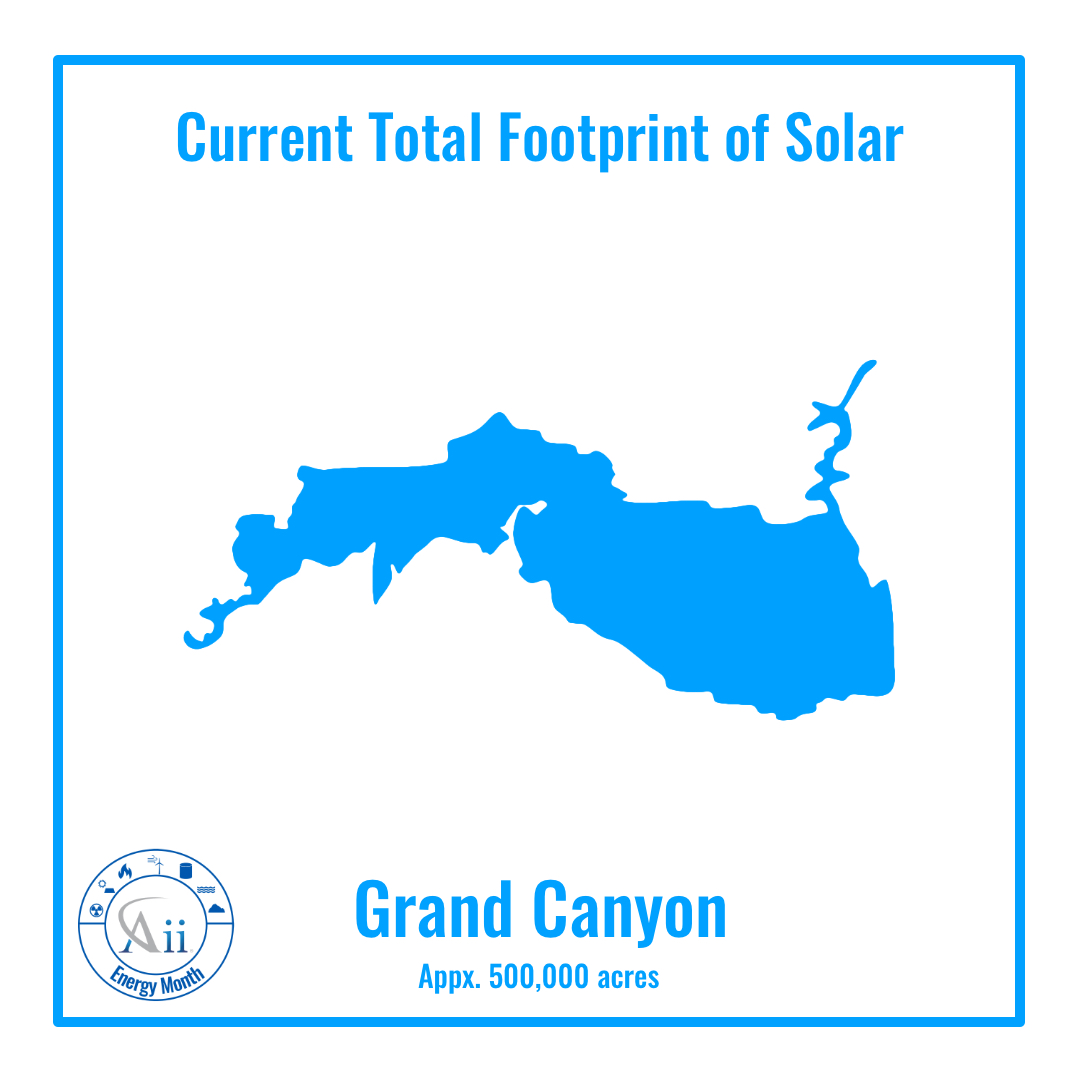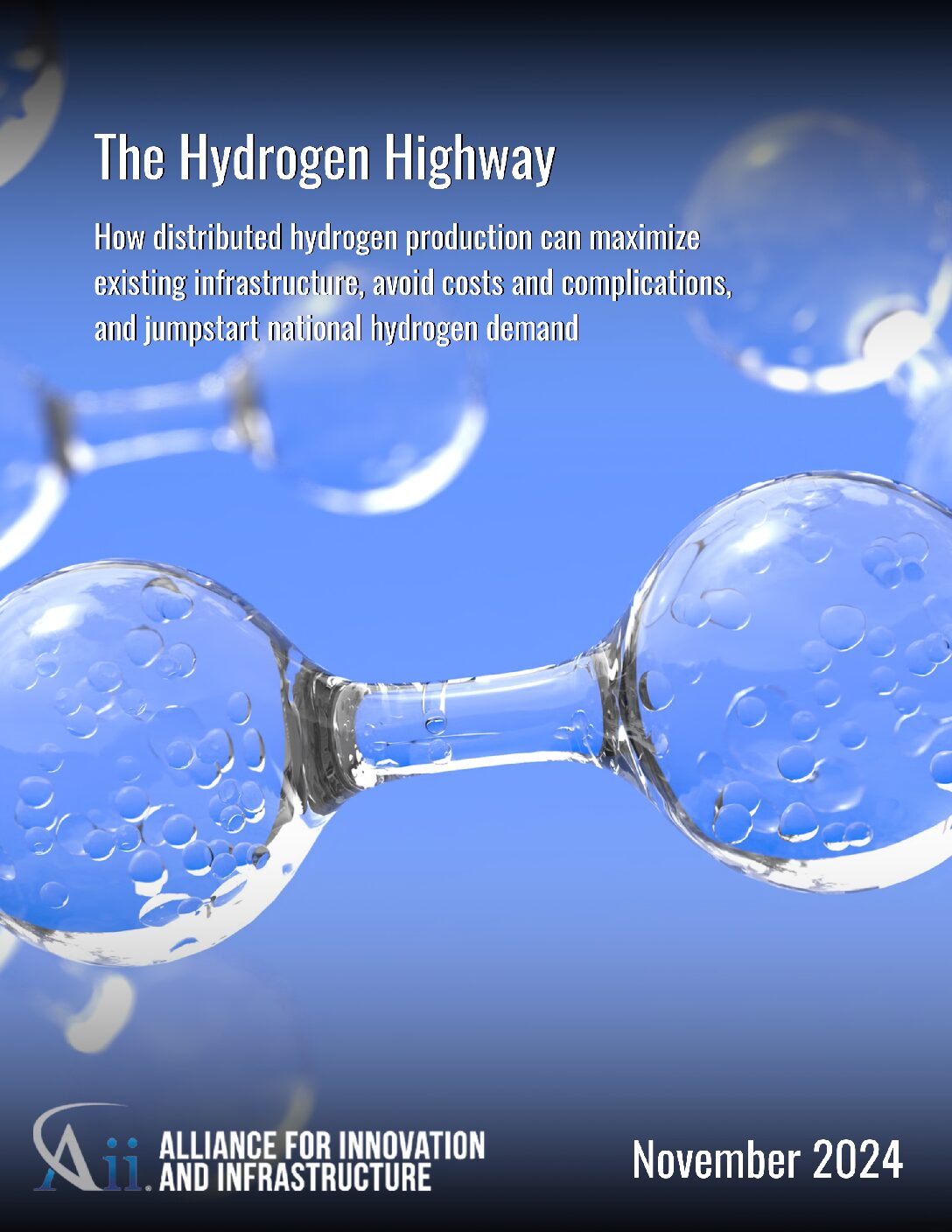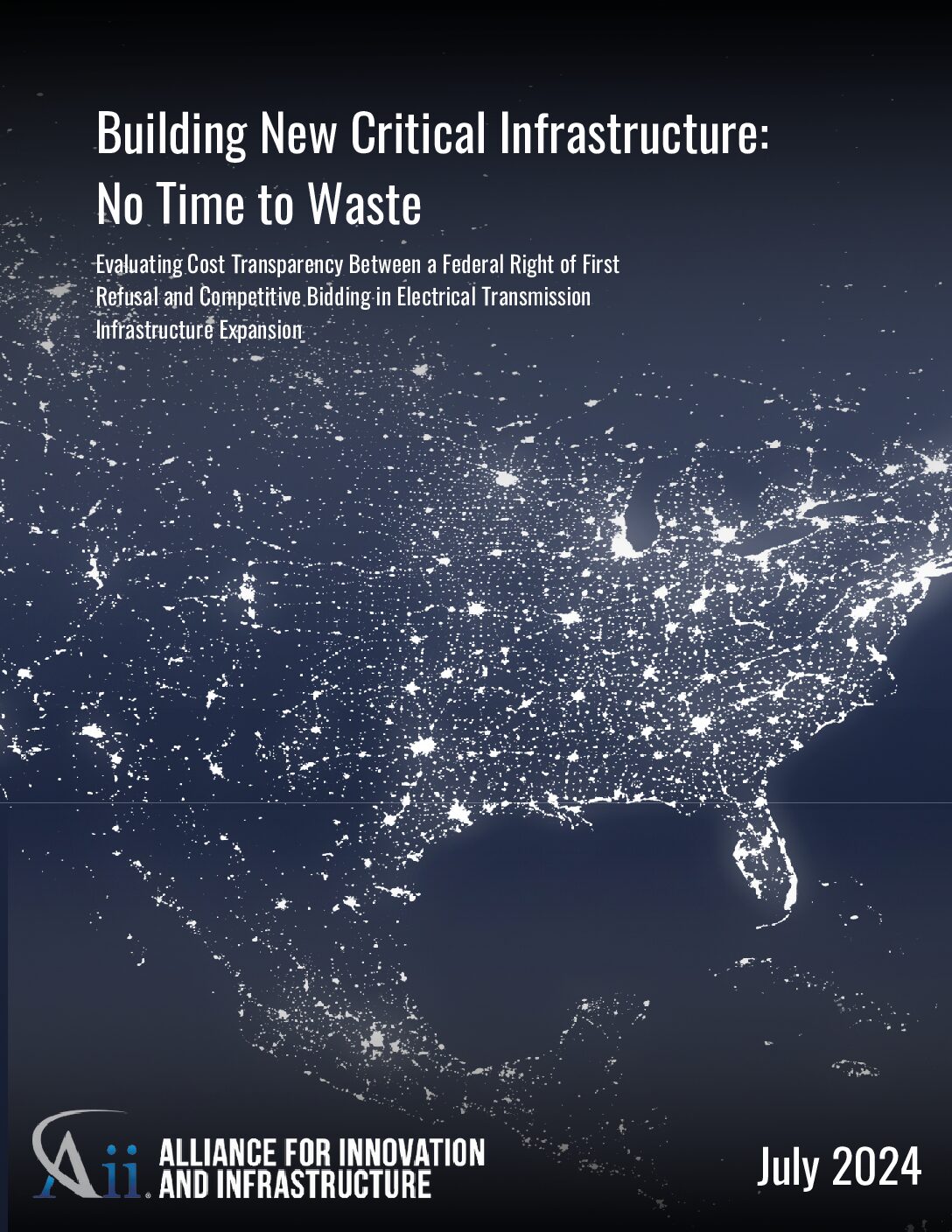Learn What is Powering America
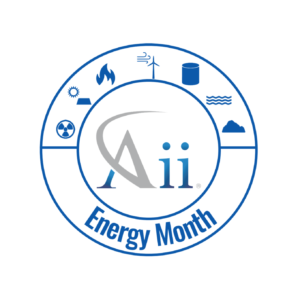 During August, we shine a spotlight on the critical importance of energy resources to our nation and the world. This month, we explore the diverse range of energy sources powering our modern lives and the infrastructure that supports them. Energy is not just about electricity; it fuels transportation, heats our homes, powers industries, and drives innovation in fields like healthcare and technology.
During August, we shine a spotlight on the critical importance of energy resources to our nation and the world. This month, we explore the diverse range of energy sources powering our modern lives and the infrastructure that supports them. Energy is not just about electricity; it fuels transportation, heats our homes, powers industries, and drives innovation in fields like healthcare and technology.
America harnesses energy from a multitude of sources. Whether it’s natural gas, nuclear fission, coal, wind, hydropower, solar, petroleum, or geothermal, each plays a vital role in our energy landscape. Beyond electricity generation, these resources are integral to various industrial processes, heating, cooking, and transportation.
Our energy landscape is evolving. We are transitioning to renewable energy sources like wind and solar, exploring the potential of hydrogen, and implementing carbon management strategies to ensure a sustainable future. This dynamic shift is shaped by public policy, technological advances, and private sector innovation.
This Energy Month, we’ve prepared a comprehensive series of policy briefs, one-pagers, and expert interviews to provide you with insights into the energy sector. Our briefs cover key factors such as energy density, generation costs, availability and reserves, land use, safety records, climate impact, and long-term sustainability.
Join us as we delve into the fascinating world of energy. Discover how our energy infrastructure supports daily life, how various industries depend on reliable energy, and how we are navigating the transition to a greener, more sustainable future. Stay tuned for updates, new content, and expert perspectives throughout the month!
America's Energy Mix
Percentage of Utility-Scale Electricity Generated by Resource
Percentage of Overall Energy Generated by Resource
August is Aii Energy Month
This Energy Month, learn about the energy resources making modern life possible. See these seven sources of energy as you’ve never seen them before. Read about your preferred resource or compare them all side by side.
Videos
Check out our video content for #AiiEnergyMonth! We spoke with industry professionals to hear their perspective on the energy resource relevant to their line of work! Below, you’ll find 1-minute overviews of each. Check back for updates!
100 Ways You Depend on Infrastructure Every Day | Duration: 9:21
The Power of Reliable Energy in Hospitals | Duration: 15:16
5 Myths and Facts About Nuclear Energy | Duration: 3:47
Natural Gas Systems with Ildi Telegrafi | Duration: 6:35
Hydropower with Jennifer Sklarew | Duration: 14:59
Carbon Management with Christopher Hill | Duration: 20:02
Offshore Wind Energy with Dr. Erin Baker | Duration: 15:13
Driving the Energy Evolution | Duration: 16:25
What is Nuclear Energy? | Duration: 19:53
What is Petroleum? | Duration: 24:17
What is Solar Energy? | Duration: 18:27
What is Wind Energy? | Duration: 16:38
What is Coal? | Duration: 21:04
What is Geothermal Energy? | Duration: 20:33
What is Hydropower? | Duration: 20:36
What is Natural Gas? | Duration: 18:15
Oil and Gas with Dale Miranda | Duration: 17:03
Energy System Design Process | Duration: 19:12
Aii Energy Month Briefs
NATURAL GAS
NUCLEAR
COAL
WIND
HYDROPOWER
SOLAR
PETROLEUM
GEOTHERMAL
Download from the Aii Toolkit
Promote #AiiEnergyMonth by sharing these graphics on social media!
Where Are These Resources Found?
Many of the energy resources used to generate power can be found right in our own back yard. The United States has vast reserves and access to plentiful natural resources. We have so much natural gas, nuclear material, coal, wind, water, sunlight, and oil that we could be entirely energy independent forever with the right public policy and energy mix. In addition to the raw energy resources used to generate power, it is worth considering the materials needed to transport, build, and maintain our energy infrastructure – much of which is derived from countries with lower environmental, health, and safety standards than the United States. Take a look at the availability of resources themselves in the nation’s current reserves.
Fossil Resource Reserves
The U.S. has vast reserves of coal, oil, and natural gas. Combined, these resources could power the country for nearly 1,000 years.
Renewable Concentrations
Sunshine, wind, water, and subsurface heat are the freely available resources powering solar panels, wind turbines, hydropower, and geothermal plants. While sun, wind, water, and the Earth’s own heat are present across the whole globe to varying degrees, certain areas have concentrated and regular access to these natural resources.
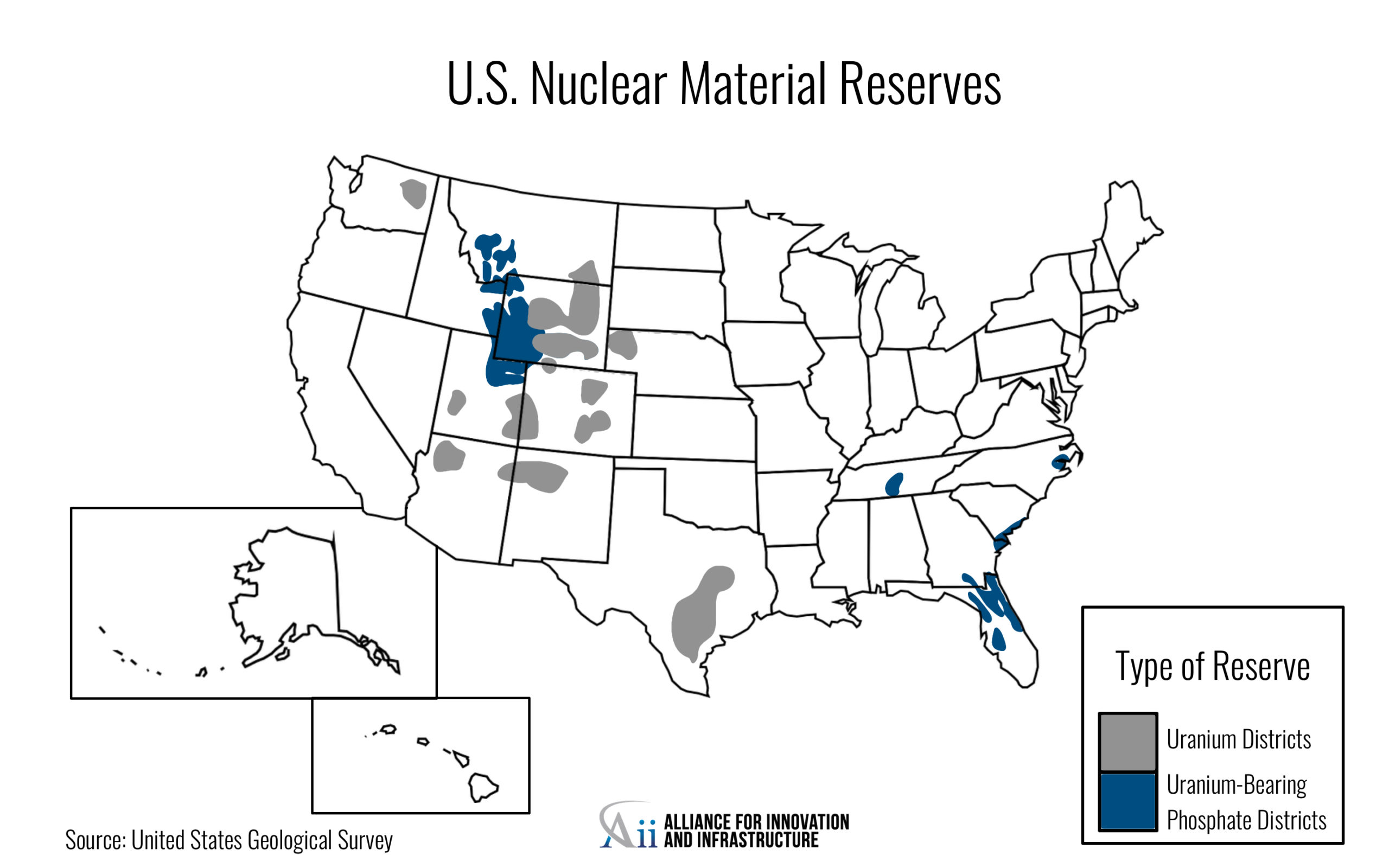
Nuclear Material Reserves
Nuclear power utilizes uranium drawn from the earth. While deposits of this material can be found around the globe, the U.S. has its own reserves.
How Much Land Does Each Resource Require?
Given the differences in energy density and other factors, the amount of land required to generate power ranges widely.
For coal, the total footprint includes the mines, transportation infrastructure, and power plants needed to produce electricity, along with waste storage. For wind, turbines must be spaced far enough apart to not decrease the efficiency of other towers.
Land use may inform where we generate power, whether it is close to home or far away, and how we transmit that power through the energy grid. Before public policy favors certain resources, it is critical to understand land use. See the total footprint each energy resource currently makes in the U.S. without accounting for power lines to carry the electricity.
Read Our Other Reports
Energy infrastructure in the United States includes a range of industries and technologies. At Aii, studying the underlying challenges and presenting factual information is the first step to building a safer, more resilient future. Learn more:
More on Energy Infrastructure
Click here to learn more about America’s Energy Infrastructure. Want even more tools and resources? Check out this calculator from the U.S. Environmental Protection Agency!



